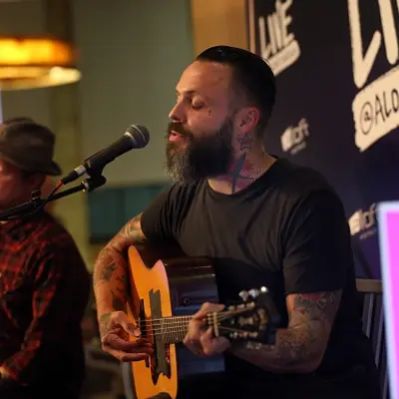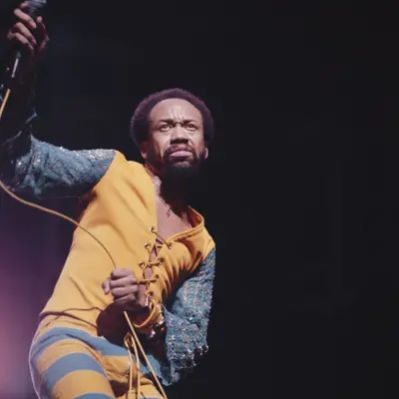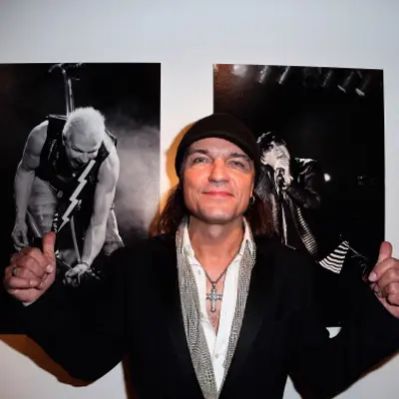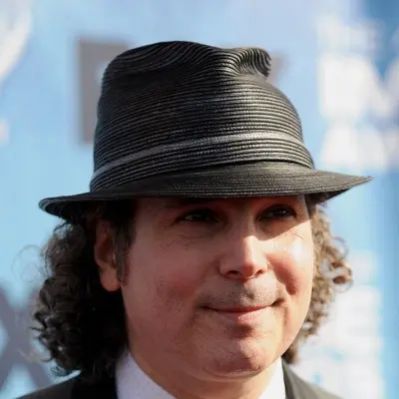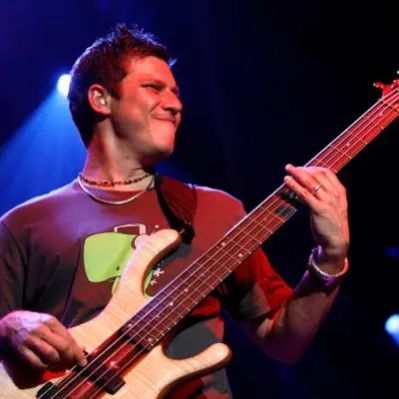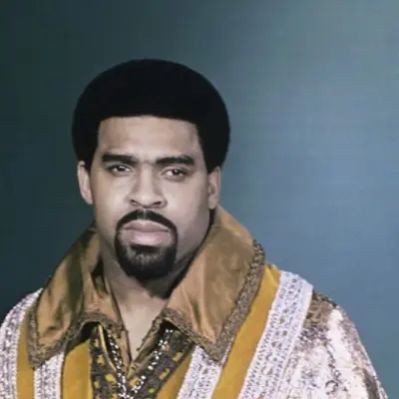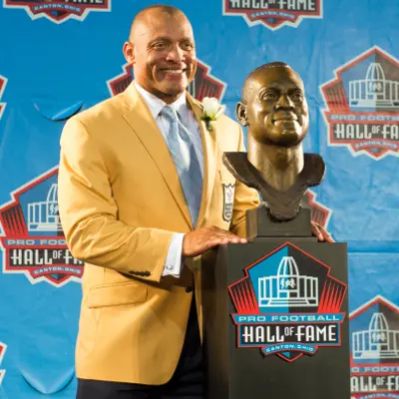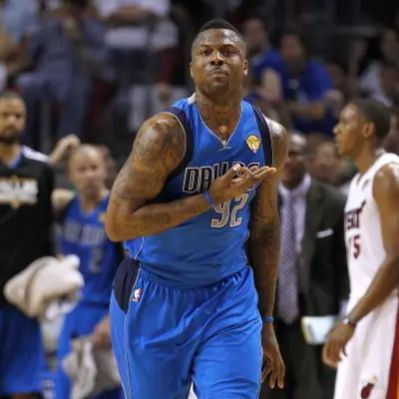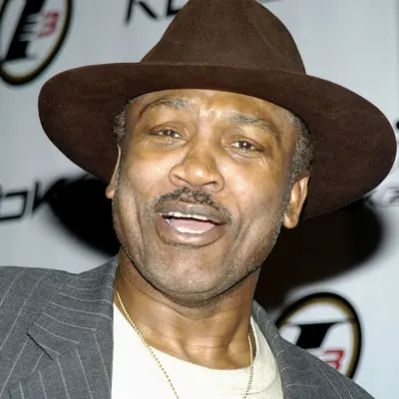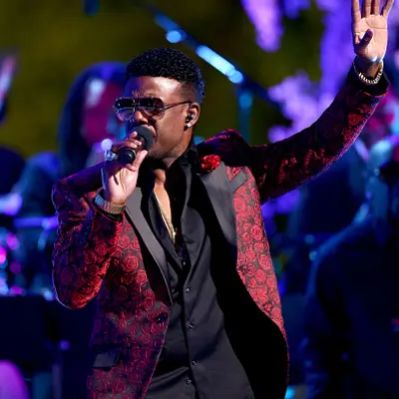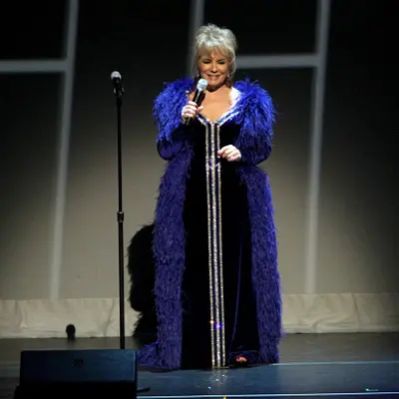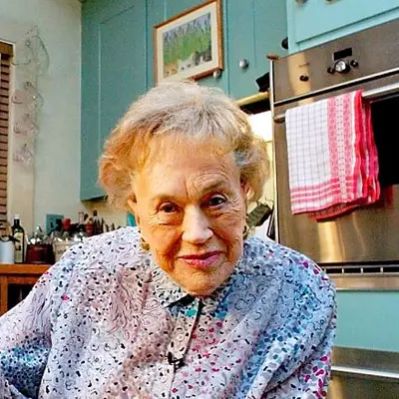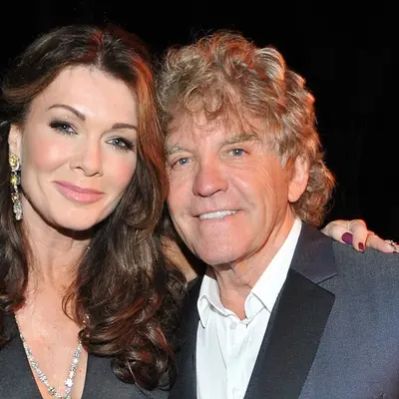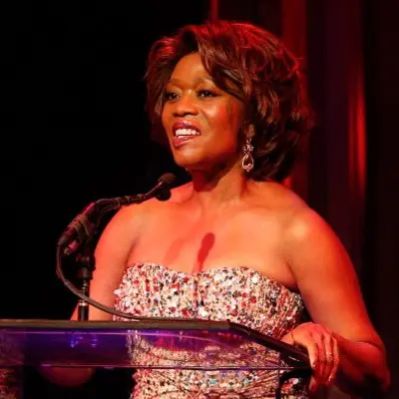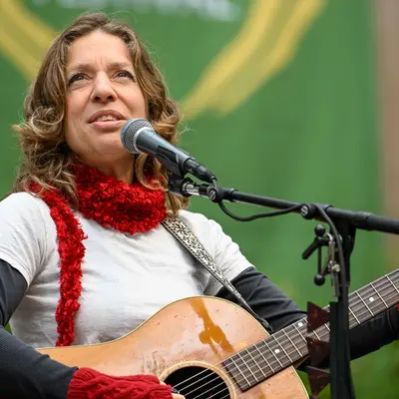What Is Noel Paul Stookey’s Net Worth?
Noel Paul Stookey, widely recognized as the “Paul” in the iconic folk group Peter, Paul and Mary, has accumulated a net worth of $5 million. This wealth is primarily attributed to his successful career as a singer-songwriter, guitarist, and composer, spanning over six decades. His contributions to Peter, Paul and Mary, coupled with his solo endeavors, have significantly shaped his financial standing.
Early Career and Formation of Peter, Paul and Mary
Born in Baltimore, Maryland, in 1937, Noel Paul Stookey’s early life was marked by a burgeoning interest in music. He spent his formative years in Birmingham, Michigan, where he showcased his musical talents in a high school rock band called the Birds of Paradise. Before fully committing to folk music, Stookey also ventured into stand-up comedy, demonstrating his versatile performance abilities. In 1959, he moved to New York City, immersing himself in the Greenwich Village folk scene. This pivotal move led to his collaboration with Peter Yarrow and Mary Travers in 1961, under the guidance of manager Albert Grossman, marking the genesis of Peter, Paul and Mary.
Despite having less experience in folk music compared to Yarrow and Travers, Stookey’s baritone voice, guitar skills, and engaging stage presence proved to be crucial elements of the trio’s success. His comedic timing and ability to connect with audiences provided a counterpoint to the group’s more serious, message-driven songs. Together, Peter, Paul and Mary released 20 albums, achieving significant commercial success. Their debut album, “Peter, Paul and Mary,” released in 1962 on Warner Bros. Records, reached #1 on the Billboard 200 chart, underscoring their immediate impact on the music scene. Subsequent albums, such as “Moving” (1963) and “In the Wind” (1963), also achieved high chart positions, reaching #2 and #1 respectively. Notable singles like “Lemon Tree,” “If I Had a Hammer (The Hammer Song),” “Puff (The Magic Dragon),” “Blowin’ in the Wind,” “Don’t Think Twice, It’s All Right,” “I Dig Rock and Roll Music,” and “Leaving on a Jet Plane” further solidified their status as folk music icons.
Solo Career, “The Wedding Song,” and Philanthropic Efforts
During Peter, Paul and Mary’s initial hiatus in the 1970s, Noel Paul Stookey underwent a profound spiritual transformation, becoming a born-again Christian. This spiritual awakening significantly influenced his songwriting, leading to the creation of “The Wedding Song (There Is Love),” a piece he composed for Peter Yarrow’s wedding. “The Wedding Song (There Is Love),” became a classic and a significant source of revenue, and Stookey directed the royalties to charitable causes through the Public Domain Foundation, which he established. This foundation reflects Stookey’s commitment to philanthropy, directing funds towards various social and humanitarian efforts.
Beyond his work with Peter, Paul and Mary and his solo endeavors, Stookey has been an innovator in concert sound technology. He contributed to developing large-venue sound systems that enhanced the quality of live folk music performances, improving the listening experience for audiences. His dedication to environmental causes and social justice has been a consistent theme throughout his career, evident in his solo work and continued performances with Peter, Paul and Mary until Mary Travers’ death in 2009 and Peter Yarrow’s death in 2025. This long-standing commitment to activism underscores his multifaceted contributions beyond music.
Property in Maine and Ojai, California
Noel Paul Stookey’s personal life includes his marriage to Betty Bannard in 1963, with whom he has three daughters. Stookey and his family split their time between their property in Maine and their residence in Ojai, California. These locations provide a balance between serene natural environments and creative communities. Although the exact addresses and specific details of these properties are not publicly disclosed, they represent a tangible aspect of Stookey’s accumulated net worth. These residences likely serve as both personal sanctuaries and spaces for creative endeavors, contributing to his ongoing work in music and activism.
 Net Worth Ranker
Net Worth Ranker





